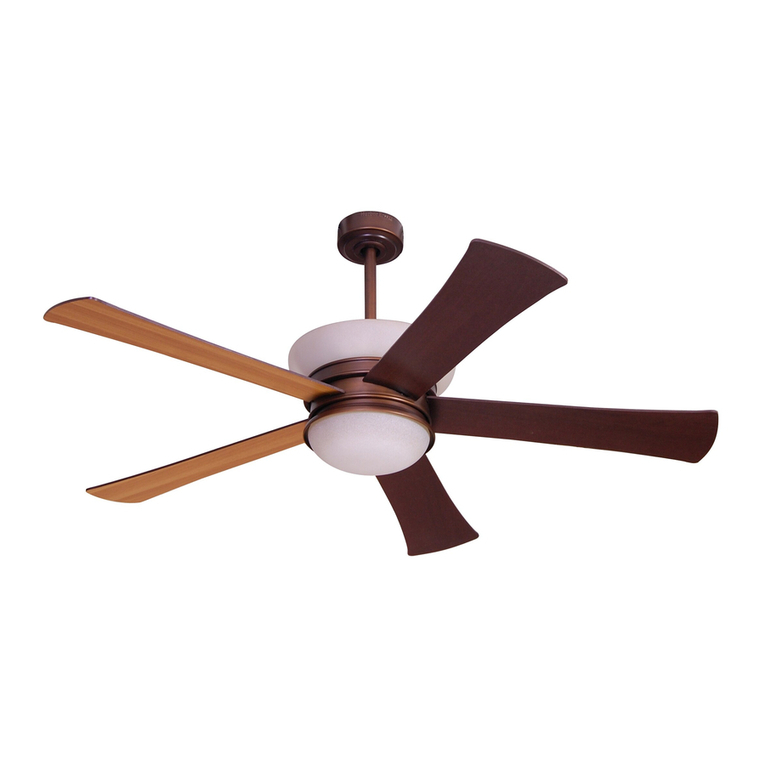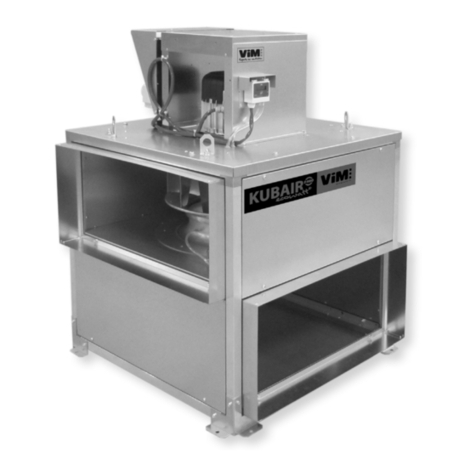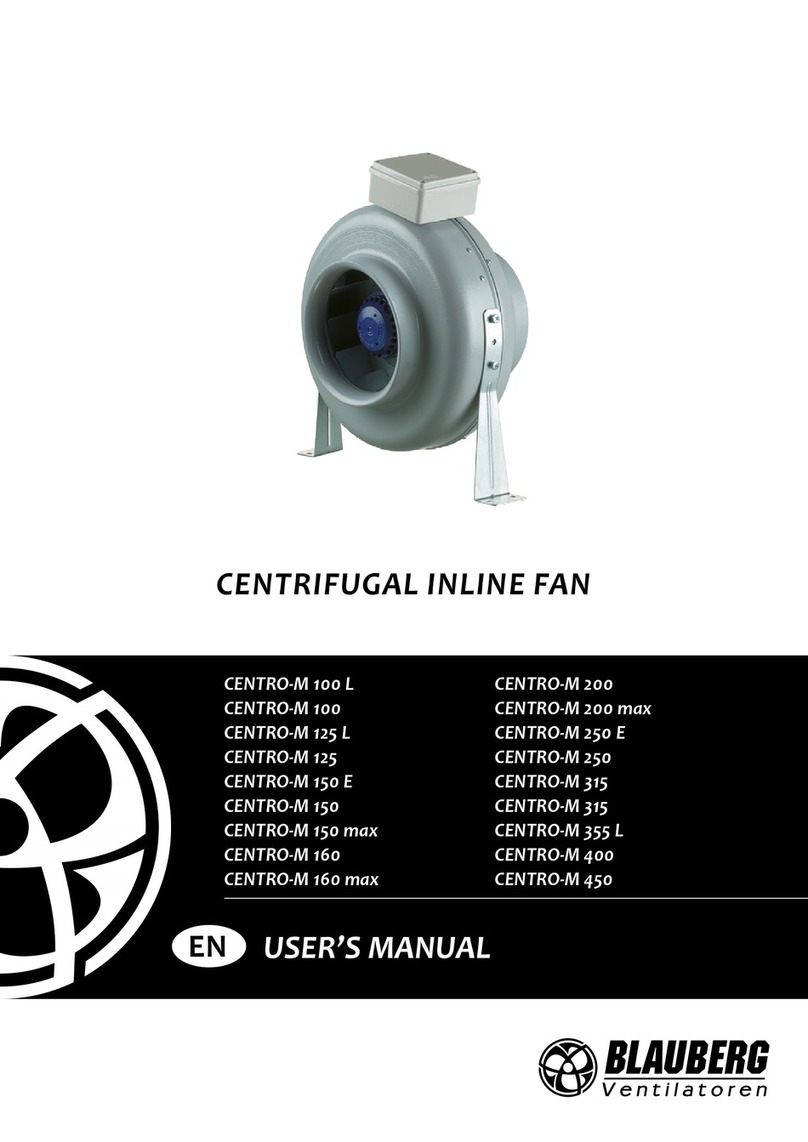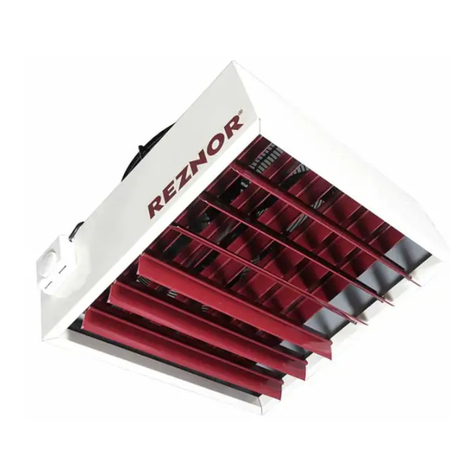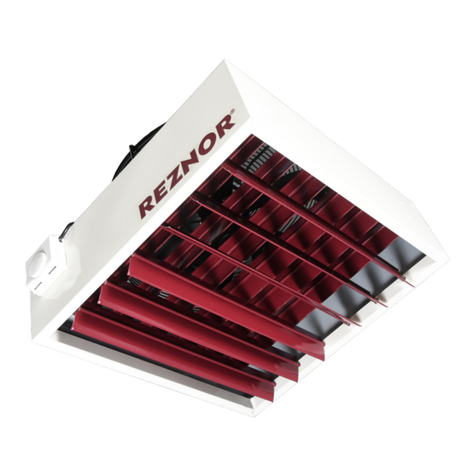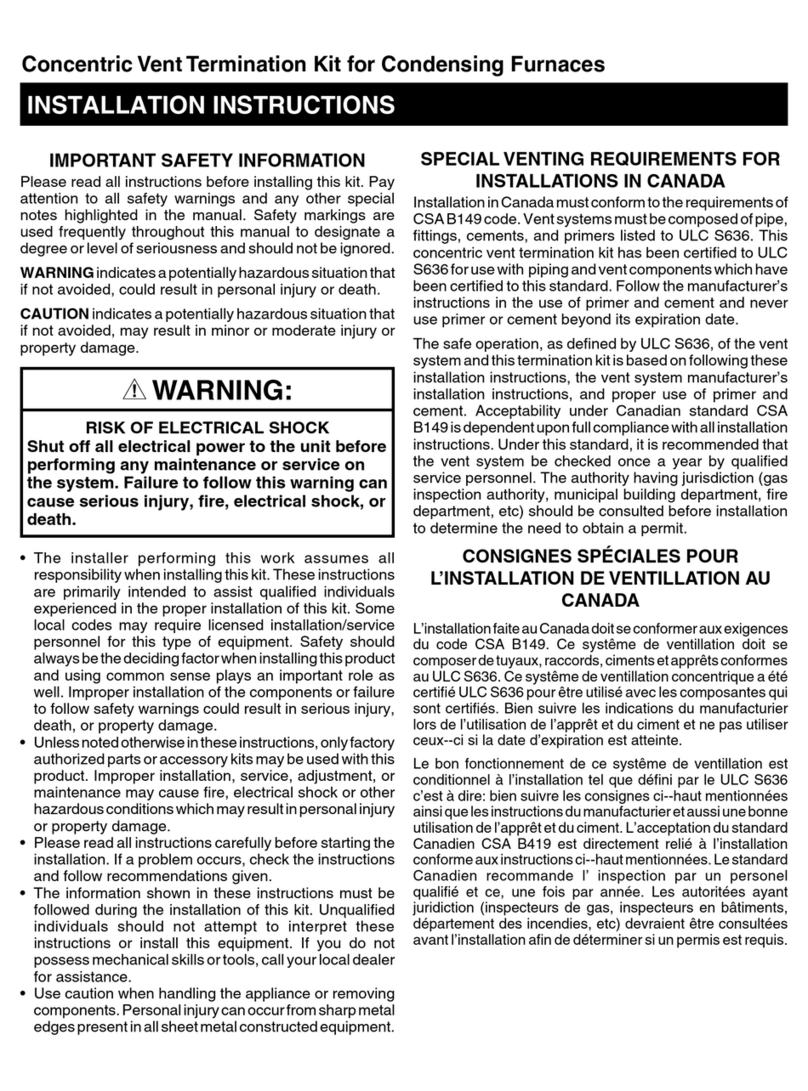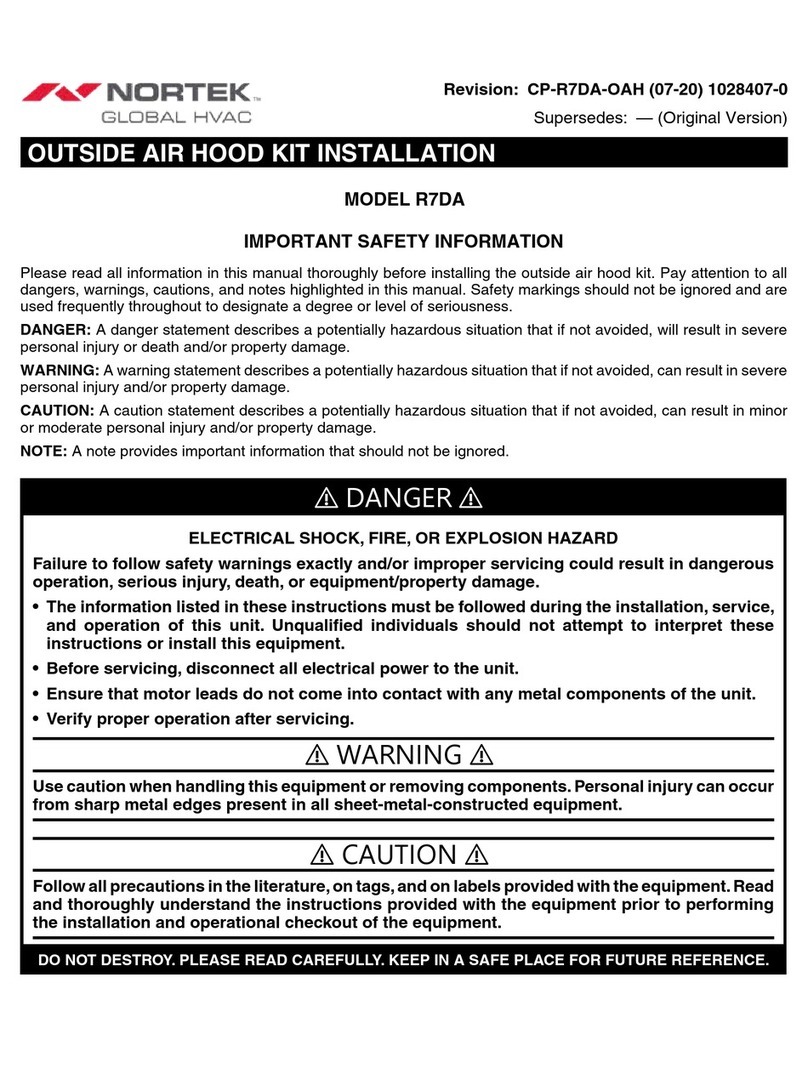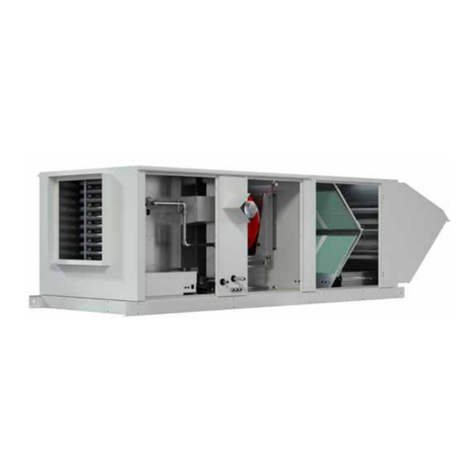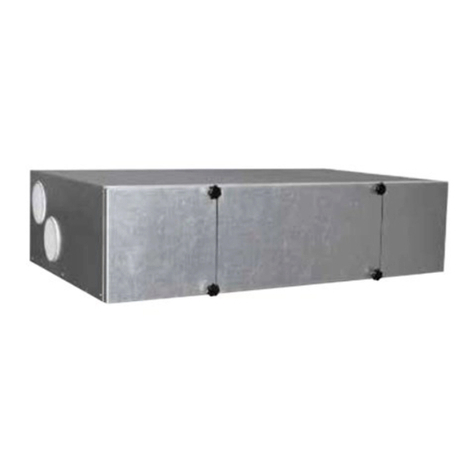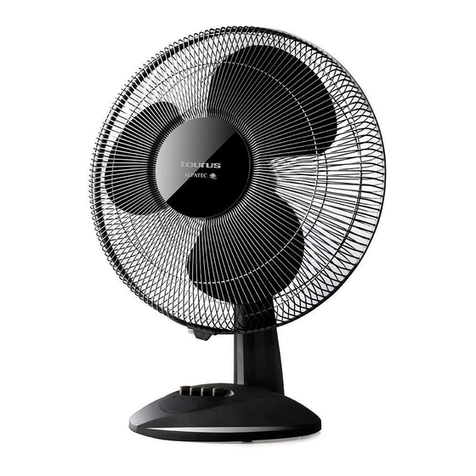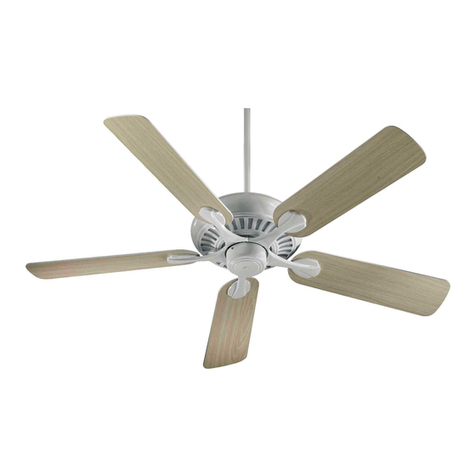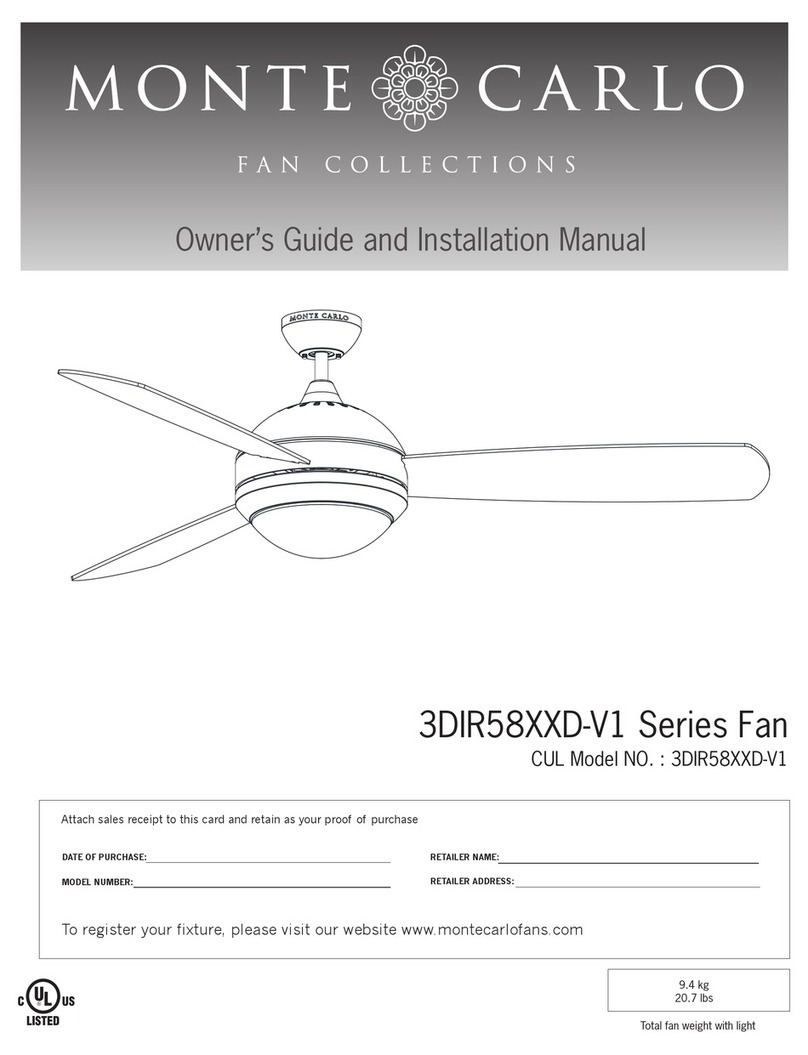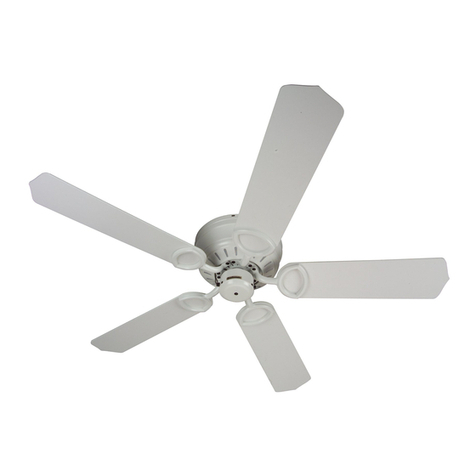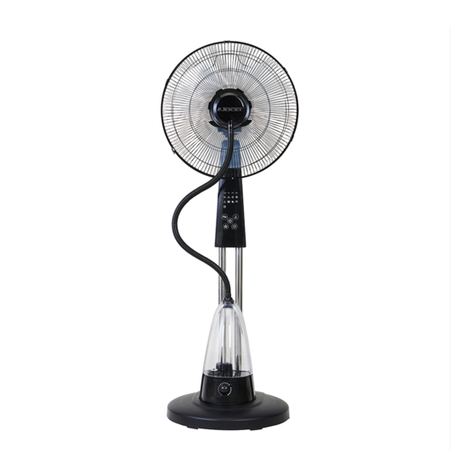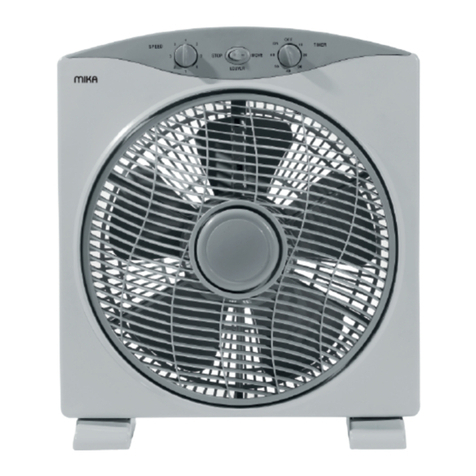
9
12345678
Bus Power Pass Through 0V(GND) RS485 0V(GND) Bus Power Pass Through
+ -
Table 4. RJ45 Network Cable Connections
Switch # on AirCare board reading
from left to right
Switch # on AirCare board reading
from left to right
Unit 1 2 345678 Unit 12345678
1ON OFF OFF OFF OFF OFF OFF OFF 63 ON ON ON ON ON ON OFF OFF
2 OFF ON OFF OFF OFF OFF OFF OFF 64 OFF OFF OFF OFF OFF OFF ON OFF
3ON ON OFF OFF OFF OFF OFF OFF 65 ON OFF OFF OFF OFF OFF ON OFF
4 OFF OFF ON OFF OFF OFF OFF OFF 66 OFF ON OFF OFF OFF OFF ON OFF
5ON OFF ON OFF OFF OFF OFF OFF 67 ON ON OFF OFF OFF OFF ON OFF
6 OFF ON ON OFF OFF OFF OFF OFF 68 OFF OFF ON OFF OFF OFF ON OFF
7ON ON ON OFF OFF OFF OFF OFF 69 ON OFF ON OFF OFF OFF ON OFF
8 OFF OFF OFF ON OFF OFF OFF OFF 70 OFF ON ON OFF OFF OFF ON OFF
9ON OFF OFF ON OFF OFF OFF OFF 71 ON ON ON OFF OFF OFF ON OFF
10 OFF ON OFF ON OFF OFF OFF OFF 72 OFF OFF OFF ON OFF OFF ON OFF
11 ON ON OFF ON OFF OFF OFF OFF 73 ON OFF OFF ON OFF OFF ON OFF
12 OFF OFF ON ON OFF OFF OFF OFF 74 OFF ON OFF ON OFF OFF ON OFF
13 ON OFF ON ON OFF OFF OFF OFF 75 ON ON OFF ON OFF OFF ON OFF
14 OFF ON ON ON OFF OFF OFF OFF 76 OFF OFF ON ON OFF OFF ON OFF
15 ON ON ON ON OFF OFF OFF OFF 77 ON OFF ON ON OFF OFF ON OFF
16 OFF OFF OFF OFF ON OFF OFF OFF 78 OFF ON ON ON OFF OFF ON OFF
17 ON OFF OFF OFF ON OFF OFF OFF 79 ON ON ON ON OFF OFF ON OFF
18 OFF ON OFF OFF ON OFF OFF OFF 80 OFF OFF OFF OFF ON OFF ON OFF
19 ON ON OFF OFF ON OFF OFF OFF 81 ON OFF OFF OFF ON OFF ON OFF
20 OFF OFF ON OFF ON OFF OFF OFF 82 OFF ON OFF OFF ON OFF ON OFF
21 ON OFF ON OFF ON OFF OFF OFF 83 ON ON OFF OFF ON OFF ON OFF
22 OFF ON ON OFF ON OFF OFF OFF 84 OFF OFF ON OFF ON OFF ON OFF
23 ON ON ON OFF ON OFF OFF OFF 85 ON OFF ON OFF ON OFF ON OFF
24 OFF OFF OFF ON ON OFF OFF OFF 86 OFF ON ON OFF ON OFF ON OFF
25 ON OFF OFF ON ON OFF OFF OFF 87 ON ON ON OFF ON OFF ON OFF
26 OFF ON OFF ON ON OFF OFF OFF 88 OFF OFF OFF ON ON OFF ON OFF
27 ON ON OFF ON ON OFF OFF OFF 89 ON OFF OFF ON ON OFF ON OFF
28 OFF OFF ON ON ON OFF OFF OFF 90 OFF ON OFF ON ON OFF ON OFF
29 ON OFF ON ON ON OFF OFF OFF 91 ON ON OFF ON ON OFF ON OFF
30 OFF ON ON ON ON OFF OFF OFF 92 OFF OFF ON ON ON OFF ON OFF
31 ON ON ON ON ON OFF OFF OFF 93 ON OFF ON ON ON OFF ON OFF
32 OFF OFF OFF OFF OFF ON OFF OFF 94 OFF ON ON ON ON OFF ON OFF
33 ON OFF OFF OFF OFF ON OFF OFF 95 ON ON ON ON ON OFF ON OFF
34 OFF ON OFF OFF OFF ON OFF OFF 96 OFF OFF OFF OFF OFF ON ON OFF
35 ON ON OFF OFF OFF ON OFF OFF 97 ON OFF OFF OFF OFF ON ON OFF
36 OFF OFF ON OFF OFF ON OFF OFF 98 OFF ON OFF OFF OFF ON ON OFF
37 ON OFF ON OFF OFF ON OFF OFF 99 ON ON OFF OFF OFF ON ON OFF
38 OFF ON ON OFF OFF ON OFF OFF 100 OFF OFF ON OFF OFF ON ON OFF
39 ON ON ON OFF OFF ON OFF OFF 101 ON OFF ON OFF OFF ON ON OFF
40 OFF OFF OFF ON OFF ON OFF OFF 102 OFF ON ON OFF OFF ON ON OFF
41 ON OFF OFF ON OFF ON OFF OFF 103 ON ON ON OFF OFF ON ON OFF
42 OFF ON OFF ON OFF ON OFF OFF 104 OFF OFF OFF ON OFF ON ON OFF
43 ON ON OFF ON OFF ON OFF OFF 105 ON OFF OFF ON OFF ON ON OFF
44 OFF OFF ON ON OFF ON OFF OFF 106 OFF ON OFF ON OFF ON ON OFF
45 ON OFF ON ON OFF ON OFF OFF 107 ON ON OFF ON OFF ON ON OFF
46 OFF ON ON ON OFF ON OFF OFF 108 OFF OFF ON ON OFF ON ON OFF
47 ON ON ON ON OFF ON OFF OFF 109 ON OFF ON ON OFF ON ON OFF
48 OFF OFF OFF OFF ON ON OFF OFF 110 OFF ON ON ON OFF ON ON OFF
49 ON OFF OFF OFF ON ON OFF OFF 111 ON ON ON ON OFF ON ON OFF
50 OFF ON OFF OFF ON ON OFF OFF 112 OFF OFF OFF OFF ON ON ON OFF
51 ON ON OFF OFF ON ON OFF OFF 113 ON OFF OFF OFF ON ON ON OFF
52 OFF OFF ON OFF ON ON OFF OFF 114 OFF ON OFF OFF ON ON ON OFF
53 ON OFF ON OFF ON ON OFF OFF 115 ON ON OFF OFF ON ON ON OFF
54 OFF ON ON OFF ON ON OFF OFF 116 OFF OFF ON OFF ON ON ON OFF
55 ON ON ON OFF ON ON OFF OFF 117 ON OFF ON OFF ON ON ON OFF
56 OFF OFF OFF ON ON ON OFF OFF 118 OFF ON ON OFF ON ON ON OFF
57 ON OFF OFF ON ON ON OFF OFF 119 ON ON ON OFF ON ON ON OFF
58 OFF ON OFF ON ON ON OFF OFF 120 OFF OFF OFF ON ON ON ON OFF
59 ON ON OFF ON ON ON OFF OFF 121 ON OFF OFF ON ON ON ON OFF
60 OFF OFF ON ON ON ON OFF OFF 122 OFF ON OFF ON ON ON ON OFF
61 ON OFF ON ON ON ON OFF OFF 123 ON ON OFF ON ON ON ON OFF
62 OFF ON ON ON ON ON OFF OFF NOTE: MAX 123 UNITS PER DASH

